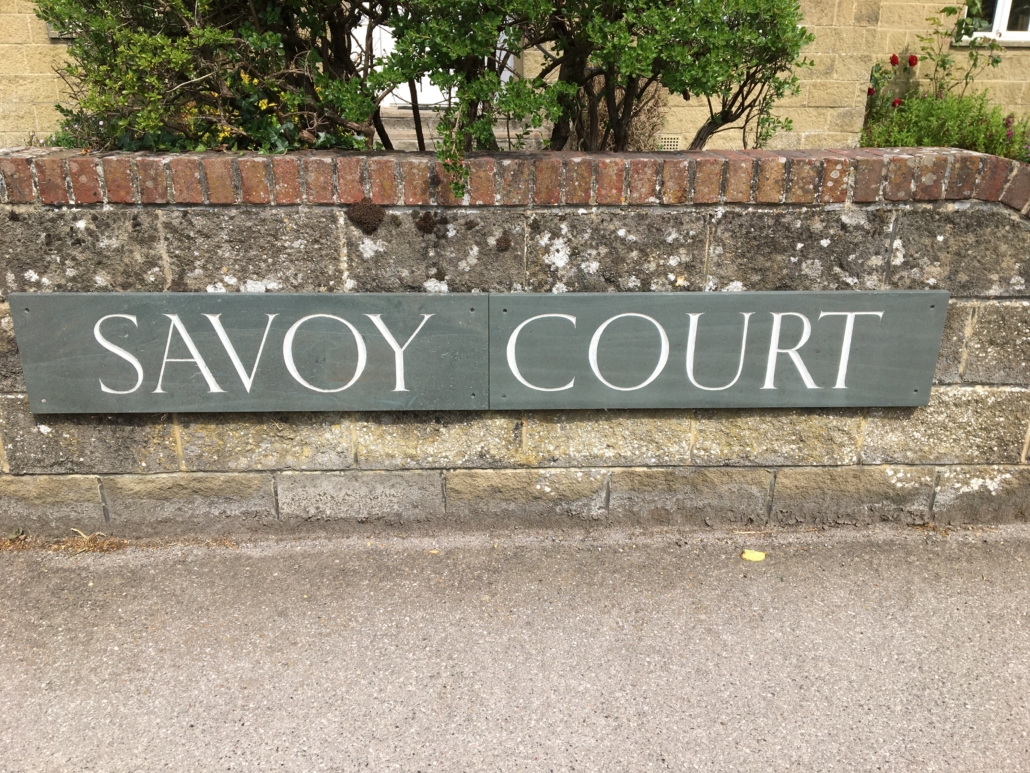The Finest in Motion Picture Entertainment at the Savoy April 1958
Gold Hill Museum was delighted recently to receive from Mrs P.A. Gigg of Gillingham the donation of a Savoy Cinema promotional leaflet dated April 1958. The 382 seat Savoy showed its last film in 1984, and the only trace of its existence is the preservation of the name in the apartment block now occupying the site in Bimport. Printed ephemera like this leaflet tends not to survive once its purpose has been served, and we are very grateful for Mrs Gigg’s help in conserving this small but important piece of evidence.
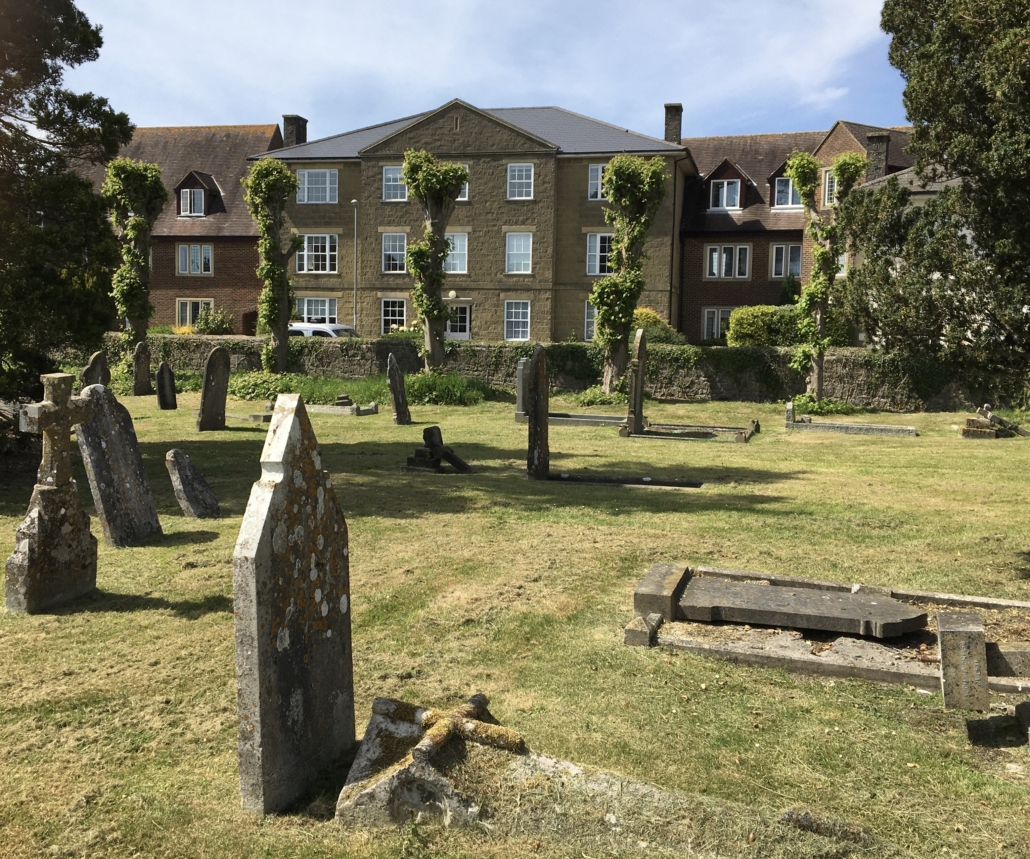
Sight of the leaflet caused something of a stir among Museum volunteers. The present writer had always intended to continue with the story of cinema in Shaftesbury, left in early Lockdown with the original Rin Tin Tin . Local historian and Hilltop History broadcaster Dave Hardiman could trump that with personal recollections of youthful trips to the Savoy.
The cinema was demolished back in the 80’s, but I well remember going to see many films there. Probably my earliest was when my Mum & Dad took me to see Elvis’ first film ‘Love Me Tender’ in about 1960. I also recall my dad taking me to see the first Bond film ‘Dr No’ and also going with Mum & Dad to see ‘South Pacific’ and ‘The Swiss Family Robinson’. There were many more.
I particularly remember, in 1967 I think, queueing to see the film ‘Far from the Madding Crowd’, which was an adaptation of the Thomas Hardy novel and included a couple of scenes that featured Gold Hill. The queue was long, and the cinema was jam-packed, and there were cheers when Gold Hill appeared on the big screen. It still is a great film.
There was a time in about 1970, when it became popular for many of us younger ones, to go to the ‘Flicks’ on a Sunday evening and watch a couple of films, one of which was usually a Hammer horror film. A lot of peanut or other such missile throwing went on and the Manager, Mr Wolfe, or ‘Wolfie’, as we called him, would usually be kept busy seeking out the culprits with his torch, and telling some to behave themselves or be thrown out; some were ejected. I could go on.
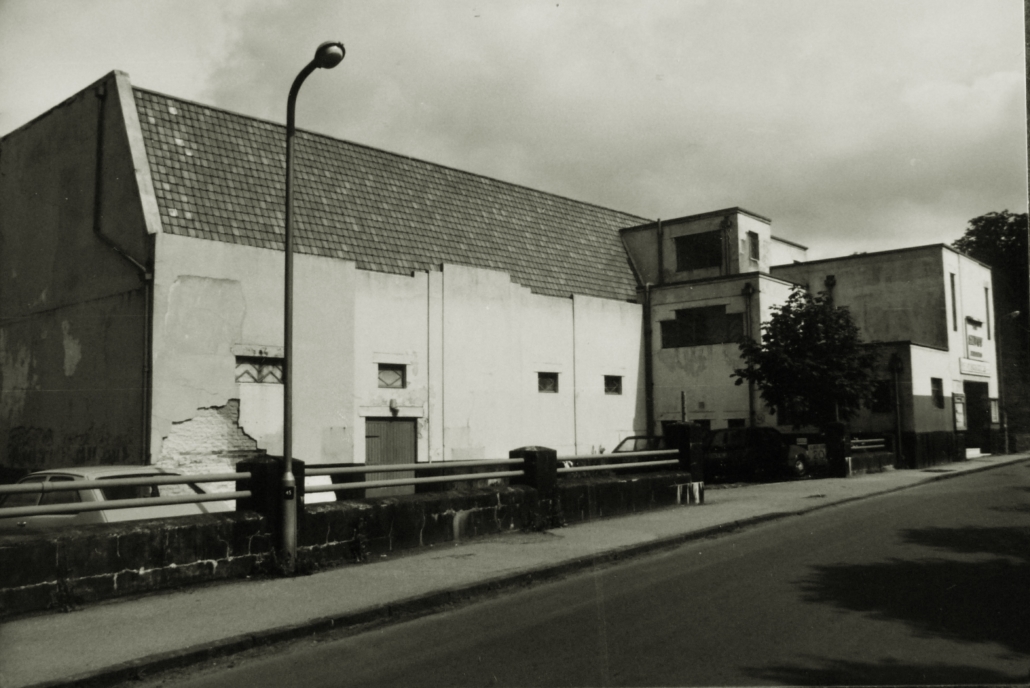
Thank you to Nigel House who tells us: As a pupil at Shaftesbury Primary opposite to the Savoy I remember that when they filmed ‘Far from the Madding Crowd’ they used the Savoy car park as their HQ. Full of trailers, lorries, horses and of course actors. The actors would have included Alan Bates, who had to trudge up Gold Hill looking for work as shepherd Gabriel Oak at a hiring fair. The horses featured in a scene where a troop of yeomanry cavalry, led by Terence Stamp’s Sergeant Troy, delicately negotiated the cobbles on the way down.
I am grateful also to both Dave and Ray Simpson for unearthing press reports of the opening of the Savoy in July 1933.
The Savoy Theatre, Shaftesbury, opens for the first time on Wednesday next with a special invitation matinee at three pm., when the Mayor and Corporation of the borough of Shaftesbury will give this new house of entertainment a civic opening. The opening for the general public is at 8pm., when a full programme of films will be presented, including the British international success ‘Maid of the Mountains’. The haunting melodies which have been hummed all over the world are brought once more to your ears as an accompaniment to one of the most thrilling and romantic stories the screen has yet offered.
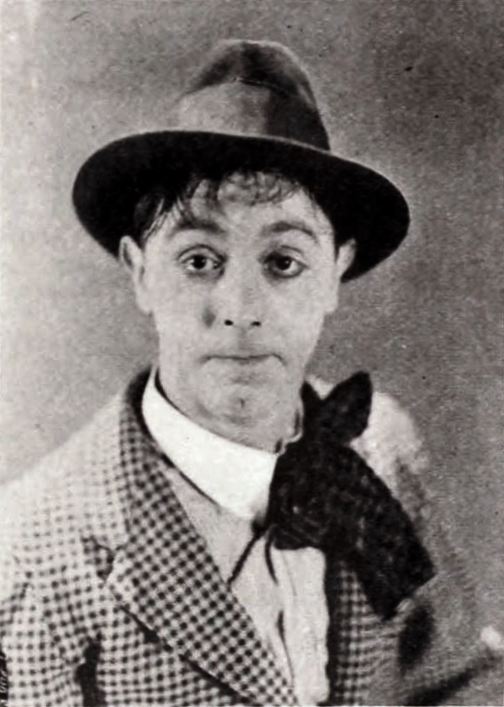
‘Maid of the Mountains’ was a hit stage musical from the dark days of World War One. The director, Lupino Lane, was an accomplished performer in his own right, and achieved world-wide fame later in the 1930’s in the stage show and film ‘Me and My Girl’. As Cockney Bill Snibson he inherits a country estate, to which he invites his Lambeth pals. The ‘Lambeth Walk’ song and dance routine became internationally popular.
Prices of admission, including tax, will be 1s-6d, 1s-3d & 9d and all seats are bookable in advance. Adjoining the theatre is a car and cycle park, where patrons may leave their cars free of charge during performances.
Not everyone was enamoured of the external appearance of the new cinema, located opposite Holy Trinity Church. While the Mayor, Mr. F.R. Matthews, and the Town Clerk, Mr. W. Farley Rutter, both congratulated the owner, Percy Carter of Blandford, on his enterprise in providing Shaftesbury with a great asset, the Town Clerk hinted at some disquiet.
Referring to the appearance of the theatre Mr. Rutter said it might seem strange (to critics), but it was all a question of adapting the building to the requirements of the cinema. If they looked at it in that way they would in a few years regard it as an old friend. (Applause)
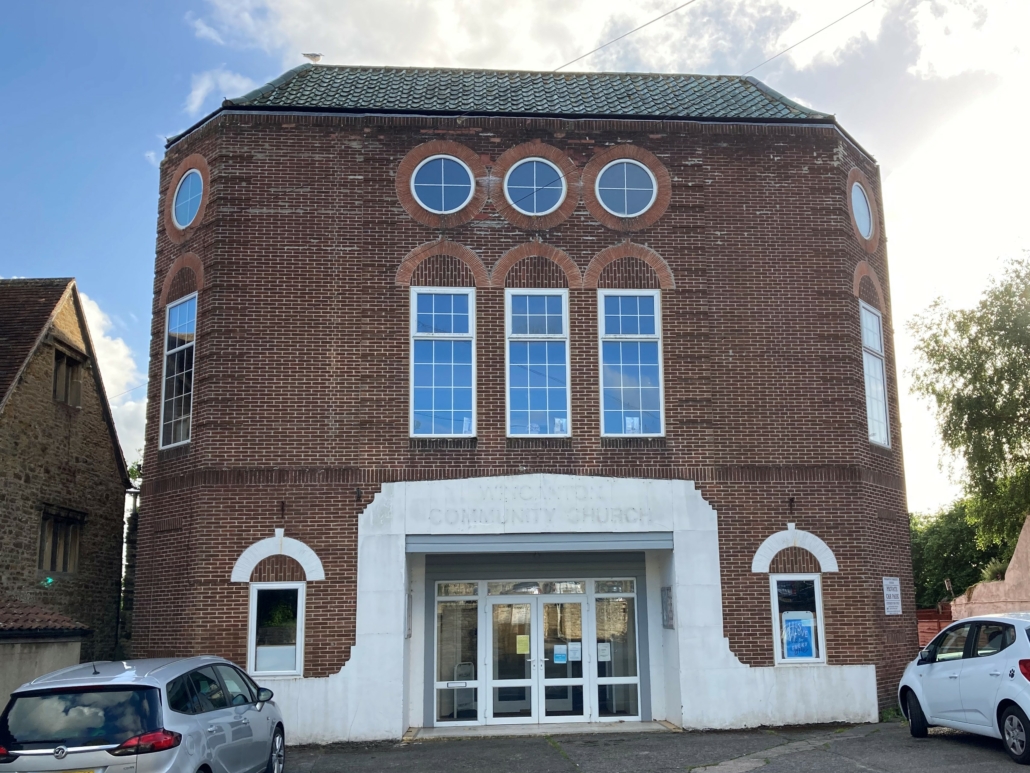
The arrival of Talkies in the early 1930’s inspired a surge of cinema construction. Bournemouth-based architect Edward G. De Wilde Holding designed 12 cinemas / theatres in the South West, many with Art Deco features. Ten have been closed, or converted (the Cerdic in Chard is a pub, and the Plaza in Wincanton was a church) or simply demolished, like the Savoy and the Regal in Gillingham. Two survive as cinemas, the Tivoli in Wimborne and The Wellesley in Wellington.
The Savoy reached its 50th year in 1983. To compete in an age of television, later owners went down-market, and one unfortunate manager, Ivan Osborne, was dismissed from his £40 per week job in October 1978 because he refused to show sex films. He declared that he was only prepared to show films suitable for his wife and young children. Two years before its demise, the Savoy hosted its most popular film, Steven Spielberg’s ‘ET’. The last to be shown in 1984 was ‘Champions’, starring John Hurt, Edward Woodward, and Grand National winner Aldaniti.
